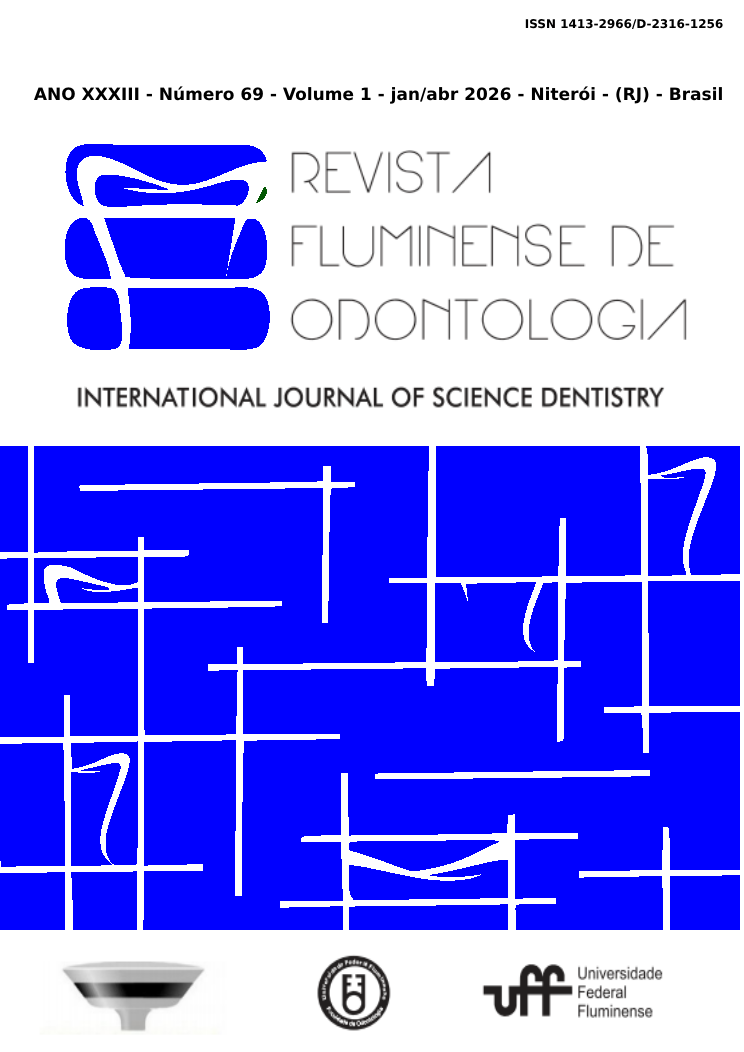ALTERNATIVAS TERAPÊUTICAS PARA O BRUXISMO EM PACIENTES COM TRANSTORNO DO ESPECTRO DO AUTISMO (TEA): UMA REVISÃO DE LITERATURA
##plugins.pubIds.doi.readerDisplayName##:
https://doi.org/10.22409/ijosd.v1i69.63571Résumé
O bruxismo é o hábito oral mais prevalente em crianças com transtorno do espectro do autismo (TEA), seu manejo é multifatorial, devendo ser através de abordagem multidisciplinar, objetivando controlar tensões musculares, físicas e psicológicas. As alternativas terapêuticas para o bruxismo aplicáveis para esta população são mais restritas a depender do grau de comprometimento do processamento sensorial de cada paciente. O objetivo desse trabalho é realizar uma revisão da literatura quanto as opções terapêuticas para o bruxismo em pacientes com TEA. Para isso, foi realizada uma busca bibliográfica nas bases de dados eletrônicas Pubmed, Google Schoolar e Lilacs com os descritores "autistic disorder ", “autism spectrum disorder”, "bruxism therapy” e a partir disso foram selecionados 6 artigos para integrar essa revisão de literatura. Destes, havia estudos sobre aplicação de toxina botulínica, sinalização física e vocal e reabilitação oral para o manejo de pacientes com TEA. A literatura acerca das técnicas terapêuticas para o bruxismo em pacientes com TEA é escassa e defasada, contrastando com a quantidade e variedade de estudos sobre o manejo do bruxismo em pacientes típicos. Conclui-se que, são necessários mais estudos para avaliar novos tratamentos, sua eficácia e possíveis efeitos adversos e das técnicas já relatadas na literatura, o manejo do bruxismo com a sinalização verbal e física demonstrou ser eficaz na redução e severidade do bruxismo nas situações em que ele é aplicado. E também, estudos investigando a possibilidade de realização destas sinalizações durante todo o dia e sendo realizado pelos responsáveis após capacitação.
Palavras-chave: Transtorno do espectro do autismo, Bruxismo/ Terapia*





